|

HOME |
ABOUT | INDEX |
NEWS |
FACEBOOK |
CONTACT
SAFE
ZONES
Safe Space | Affirming Zone | LGBTQ Support
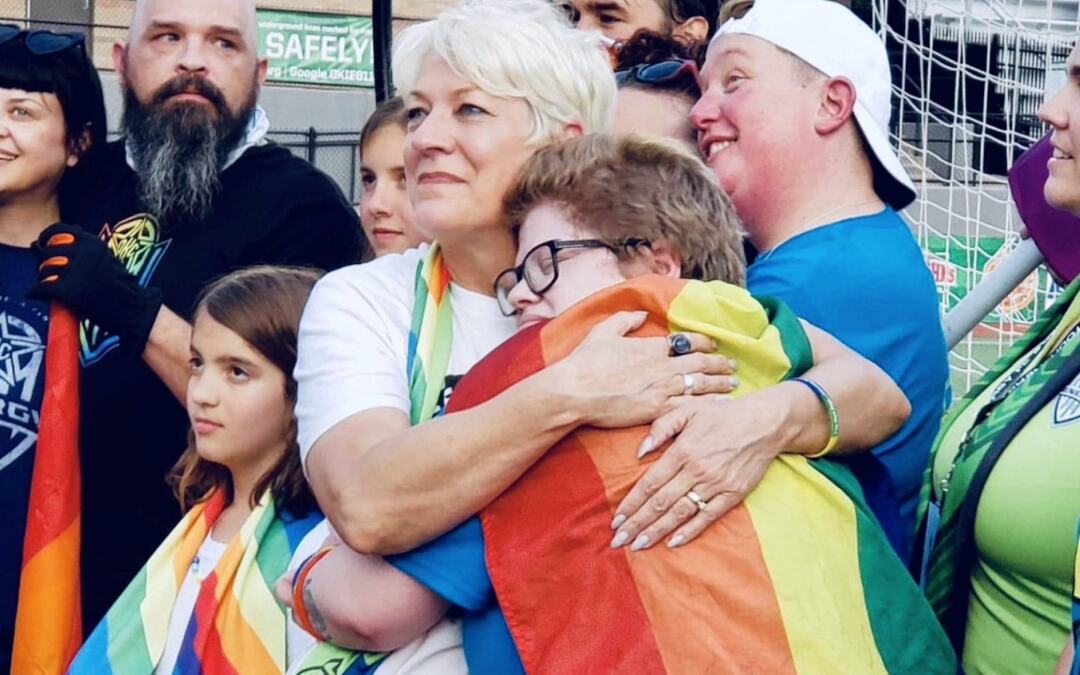
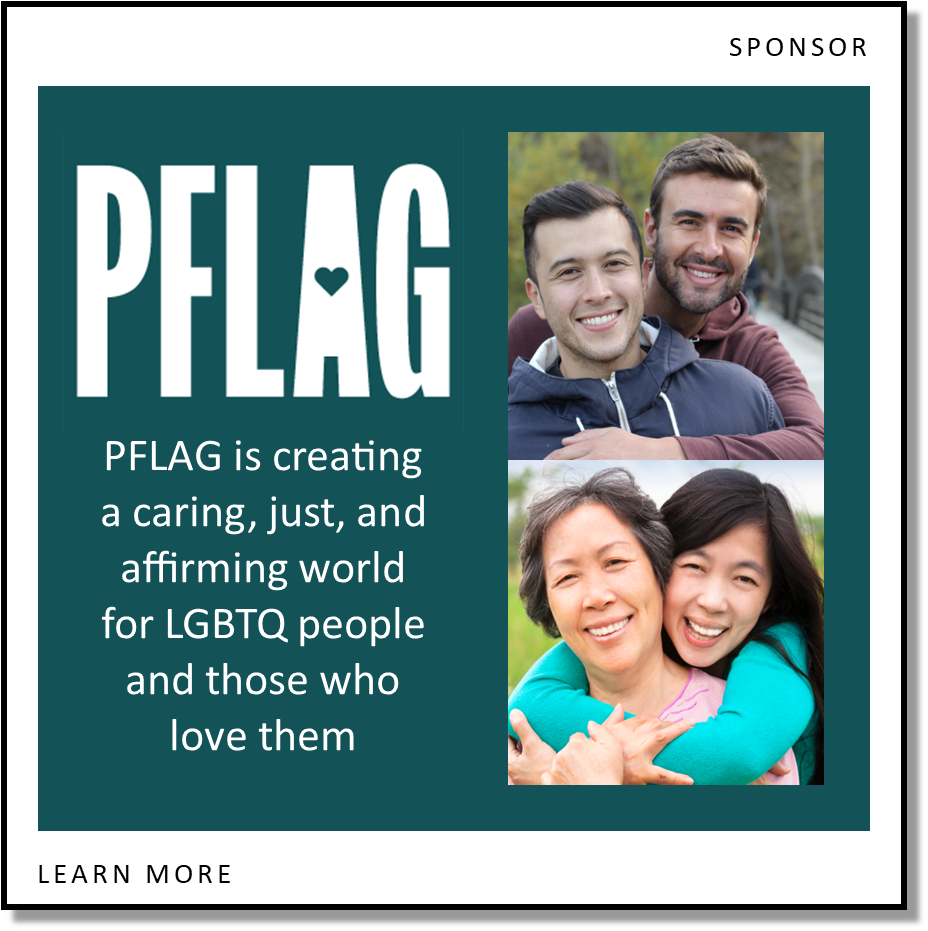
Allies and Advocates
LGBTQ Youth in Crisis
Stop Bullying
LGBTQ Organizations
Community Projects
Respectful Language

Providing Safe Spaces on Campus
"All young people, regardless of sexual orientation or
identity, deserve a safe and supportive environment in
which to achieve their full potential."
-HARVEY MILK
“We've made houses for hatred. It's time we made a place
where people's souls may be seen and made safe.”
-JEWEL KILCHER
“If you are not personally free to be yourself in that
most important of all human activities… the expression
of love… then life itself loses its meaning.”
-HARVEY MILK
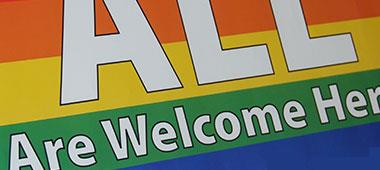
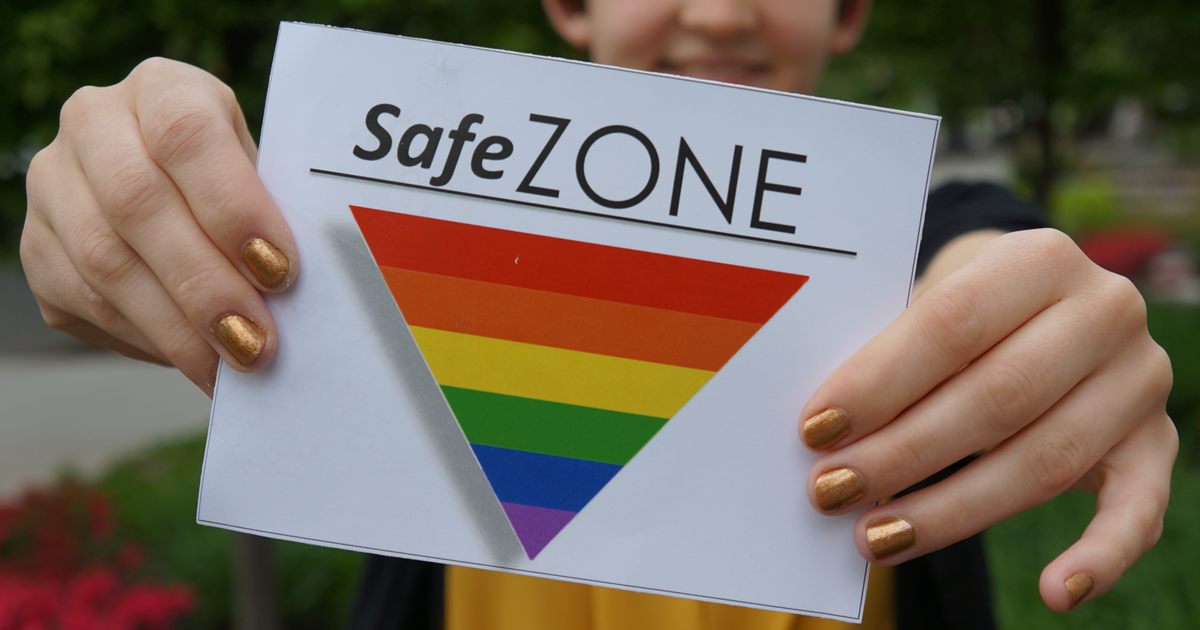
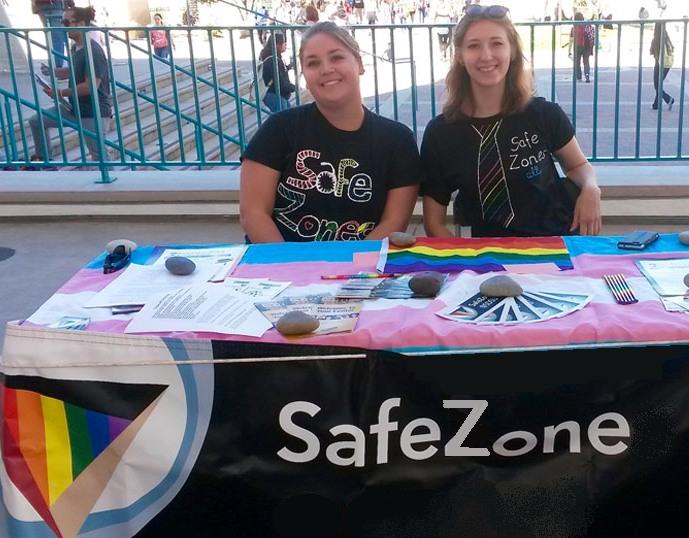
Why Safe Zones?
Typically, Safe Zone programs are found on university
and college campuses. However they are also found in
high schools and workplaces. They are designated as
"judgment-free" spaces in which individuals can be
themselves. Safe Zone programs provide
safe areas that are highly visible and easily
identifiable to lesbian, gay, bisexual, transgender, and
queer (LGBTQ) persons, where support and understanding
are key and where bigotry and discrimination are not
tolerated.
Safe Zones are commonly identified as "ally" programs,
where members of the LGBTQ community receive support
from and work together with heterosexual supporters,
friends and allies.
A number of college and universities have implemented
educational interventions with names such as Safe Zone,
Safe Space, Safe Harbor, or Safe Campus. The hallmark of
these "Safe" programs is the public identification of
allies by placing a "Safe" symbol sticker, decal, or
placard on office doors or within designated spaces.
Student affairs professionals, administrators, and
faculty now recognize the potential the development of
heterosexual allies has for making the culture of a
college or university campus more tolerant towards LGBTQ
students. Program interventions designed specifically
for allies, such as Safe Zone programs, address the
development of heterosexual allies while providing
support to LGBTQ students.
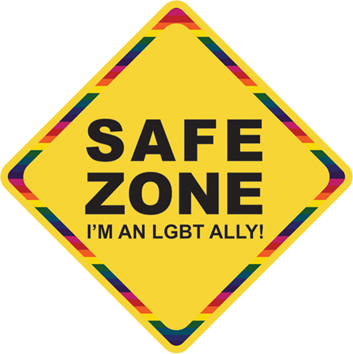
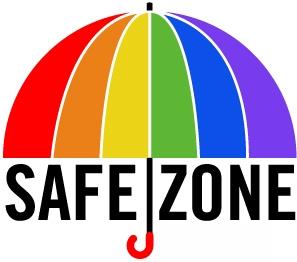
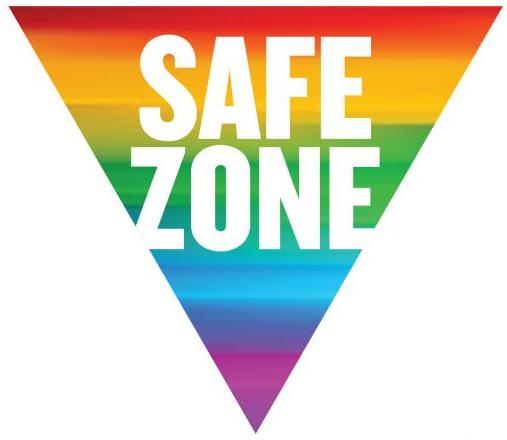
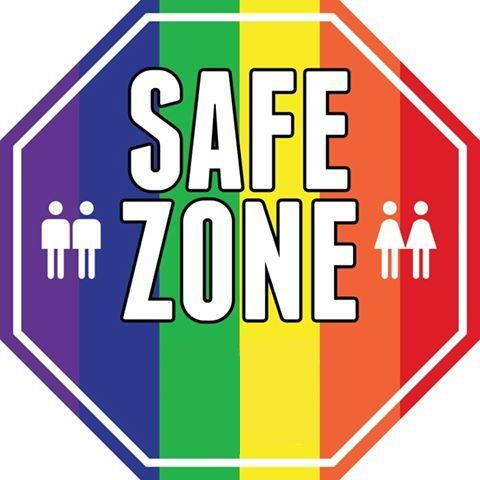
Safe Zone
Project
Gay Alliance: Safe Zone Programs
HRC: Establishing an Allies/Safe Zone Program
DotGay Dictionary: Safe Spaces and Chosen Family
Campus Pride: Safe Zone Training Resources
Wikipedia: Safe Space
Colleges with Safe Zone Programs
Safe Zone Decals
Typical components of these ally programs include:
--Sticker,
decal, placard, or sign with a distinctive symbol
--Resource
manual or handbook containing general information about
LGBTQ issues and concerns
--Detailed lists of LGBTQ services and resources
(including agencies, organizations, activities)
--Orientation
class, workshop, or training session
--Advisory board/committee
--Website,
social media, on-line resources
--Social
and educational events
Safe Zone
Project
Gay Alliance: Safe Zone Programs
HRC: Establishing an Allies/Safe Zone Program
Campus Pride: Safe Zone Training Resources
DotGay Dictionary: Safe Spaces and Chosen Family
Wikipedia: Safe Space
Colleges with Safe Zone Programs
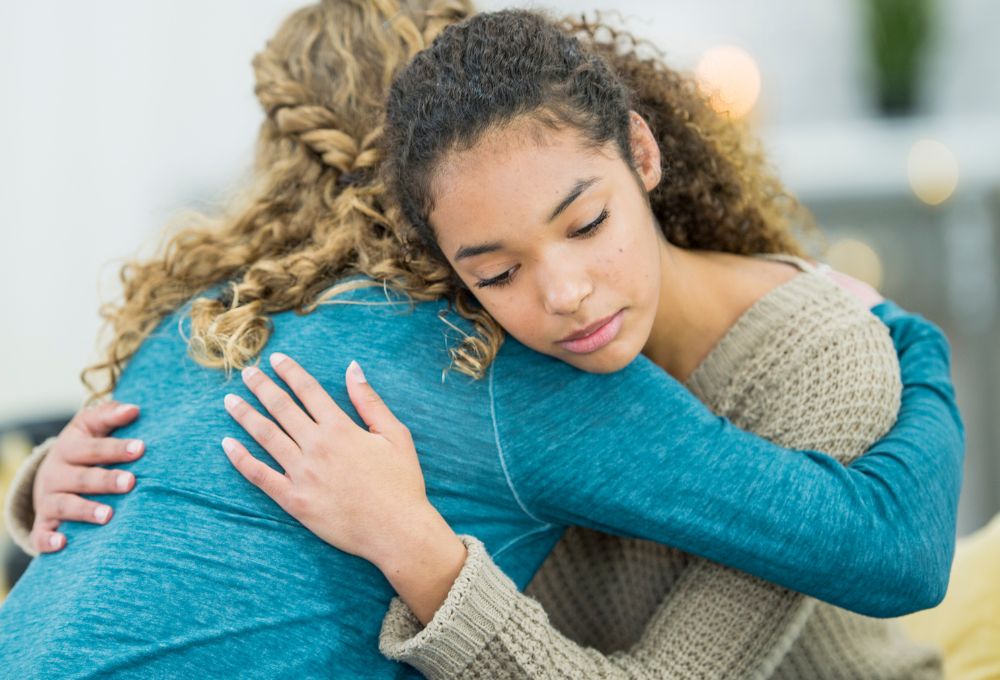
Typical components of a safe zone orientation class,
workshop, or training session:
--Presentation of LGBTQ basic terminology and symbols
--Discussion of the affirmations and challenges of LGBTQ
people
--LGBTQ
research, statistics, and data
--LGBTQ
guest speakers or panelists sharing personal stories
--Tips and
strategies for allies
--Case
study or scenario-type exercises
Typical
topics and subject matter for ally training:
--Coming
out process
--Homophobia, transphobia, heterosexism, cisnormativity
--Heterosexual and cisnormative privilege
--Terminology and definitions
--Respectful language, inclusive terminology, and
preferred pronouns
--LGBTQ
news, celebrities, and history
--Transgender and genderqueer issues
Safe Zone
Project
Gay Alliance: Safe Zone Programs
HRC: Establishing an Allies/Safe Zone Program
DotGay Dictionary: Safe Spaces and Chosen Family
Campus Pride: Safe Zone Training Resources
Wikipedia: Safe Space
Colleges with Safe Zone Programs
Safe Zone Decals
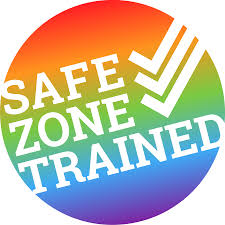
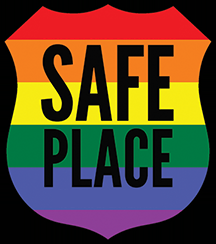
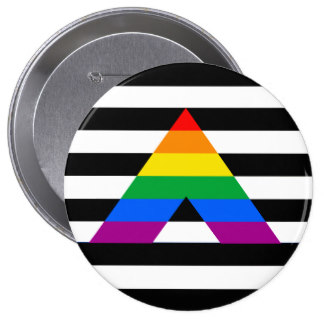
Safe Zone Mission and Purpose
The purpose of a Safe Zone program is to reduce
homophobia and heterosexism on campus and thereby to
make the campus a safer and freer environment for all
members of the community regardless of sexual
orientation. Individual students and faculty and staff
members are trained to serve as resources for members of
the campus community who are interested in thinking
through and becoming more knowledgeable about diversity
of sexual orientation.
Safe Zone’s purpose is to provide a safe space or area
where members of the campus or community can show their
support for individuals affected by homophobia,
harassment, hate, and sexual violence.
By displaying a Safe Zone symbol on their door or showing
the symbol to others, Safe Zone allies signify that
their office, classroom, or workspace is a safe place
for LGBTQ individuals to be themselves, without fear of
judgment. When they see the symbol, LGBTQ students and
clients know that they will be respected and affirmed
and that they can talk about personal issues without
guarding or editing their language.
The purpose of any Safe Zone program is to create a
network of allies for gay, lesbian, bisexual,
transgender, and queer students, and by doing so, to
make the community a safer and more supportive place.
Safe Zone
Project
Gay Alliance: Safe Zone Programs
HRC: Establishing an Allies/Safe Zone Program
DotGay Dictionary: Safe Spaces and Chosen Family
Campus Pride: Safe Zone Training Resources
Wikipedia: Safe Space
Colleges with Safe Zone Programs
Safe Zone Decals
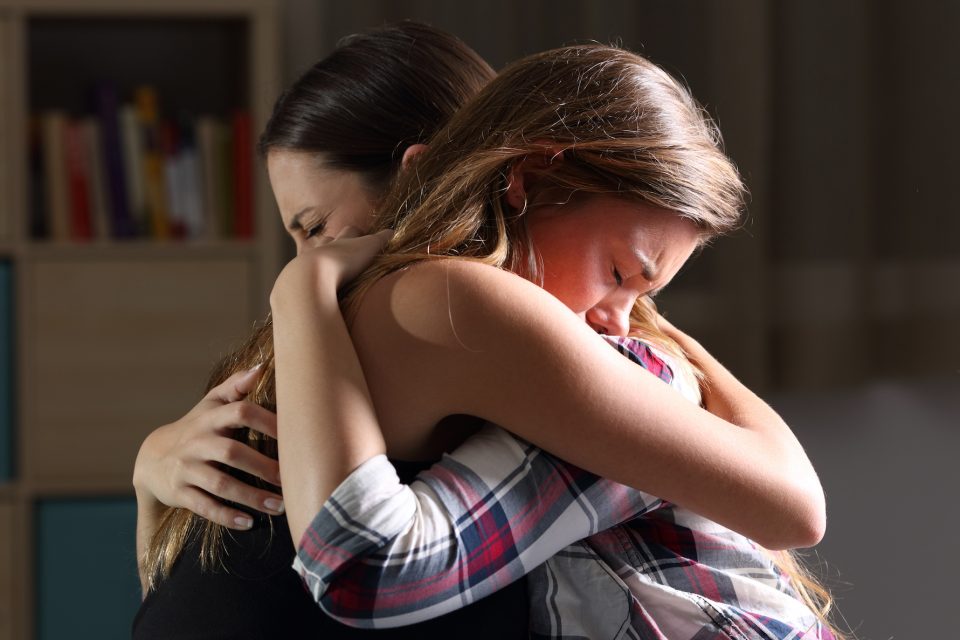
Defining a Safe
Zone Program
It is an
educational initiative that provides resources and
information about the issues and concerns of the LGBTQ community.
It is a network of allies and advocates that provide a
non-judgmental, supportive and affirming sanctuary for
LGBTQ students.
It is a diversity program aimed at increasing awareness
and understanding of LGBTQ issues and fostering a
climate of respect for and acceptance of all people,
especially for people who are different from ourselves.
It is an organization of LGBTQ allies and advocates
seeking to address bigotry, prejudice, discrimination,
harassment, hatred, and violence.
It is a group of concerned educators responding to
injustice, homophobia, heterosexism, and other forms of
oppression.
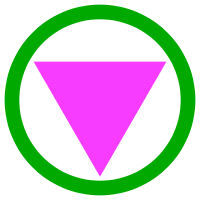
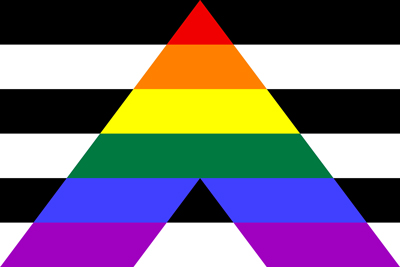
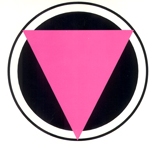

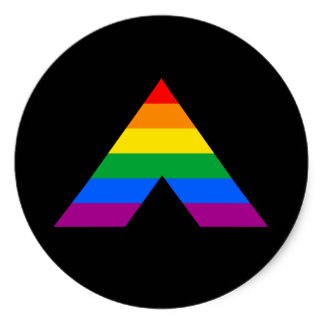
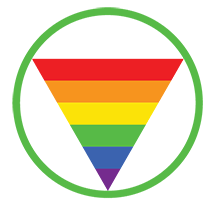
Safe Zone
Project
Gay Alliance: Safe Zone Programs
HRC: Establishing an Allies/Safe Zone Program
DotGay Dictionary: Safe Spaces and Chosen Family
Campus Pride: Safe Zone Training Resources
Wikipedia: Safe Space
Colleges with Safe Zone Programs
Safe Zone Decals
Safe Zone Objective
It is the belief of Safe Zone programs that all learning
and work environments should be safe and free of
discrimination, prejudice, and harassment.
The objective of Safe Zone programs is to make it
possible to easily identify individuals who are
empathetic and informed about LGBTQ issues, and who are
willing and able to provide support, information, and
confidentiality.
Safe Zone programs seek to educate and raise awareness
within the community. They seek to address ignorance
about and promote tolerance of people with alternate
lifestyles and non-traditional sexual identities. They
seek to foster an environment that is more supportive
and comfortable for all people.
The Safe Zone program is a symbol of a community’s
efforts to increase awareness and acceptance of the
LGBTQ community.
Safe Zone
Project
Gay Alliance: Safe Zone Programs
HRC: Establishing an Allies/Safe Zone Program
Campus Pride: Safe Zone Training Resources
DotGay Dictionary: Safe Spaces and Chosen Family
Wikipedia: Safe Space
Colleges with Safe Zone Programs
Safe Zone Guiding Assumptions
What are the philosophical foundations upon which a Safe
Zone program is established and maintained? What beliefs
and values serve as the foundation of a Safe Zone
program?
Safe Zone programs are based on certain guiding
assumptions:
All
learning and work environments should be safe and free
of discrimination, prejudice, and harassment.
All sexual orientations and gender representations are
part of our culture and should be acknowledged,
affirmed, and
supported.
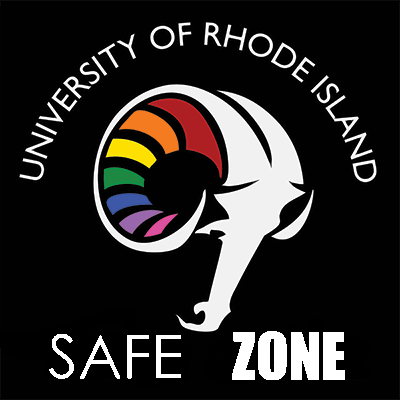
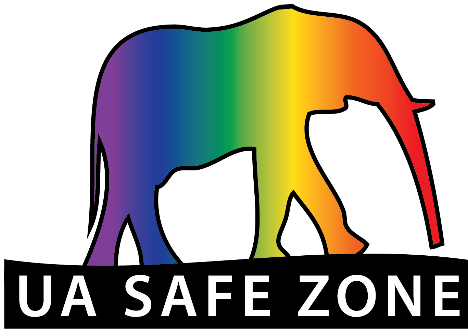
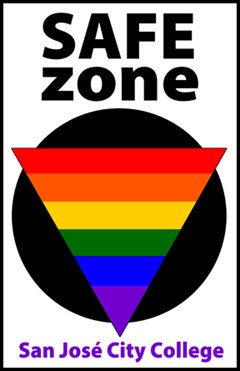
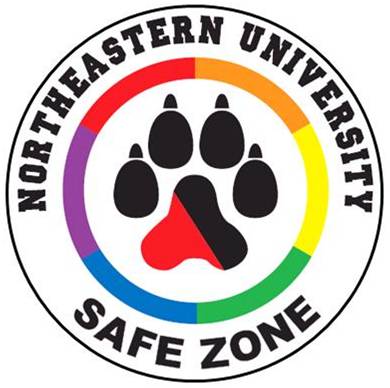
Discussing feelings is important to understanding the
issues of difference and diversity. Creating a sense of
safety is important so that feelings can be shared.
It is important to civilized people to preserve human
dignity, guard human rights, confront injustice, and to
end all forms of oppression.
Heterosexism is a form of oppression, like racism. It
leads to discrimination, prejudice, harassment, and
violence.
Because of homophobia, there is usually little
opportunity to talk freely and learn about LGBTQ people
and their issues and concerns. This serves to perpetuate
heterosexism.
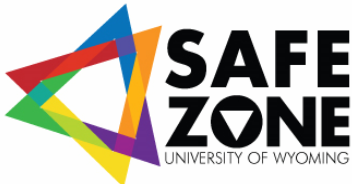
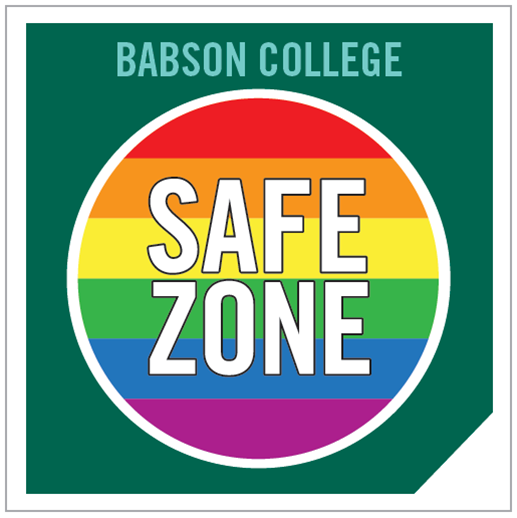
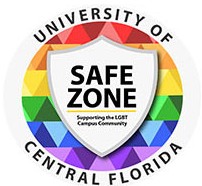
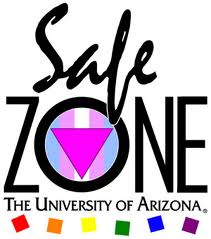
It is
important to be educated and informed about current
issues, and to learn about marginalized and
misunderstood populations. In many cases it is a
professional imperative and ethical obligation to
acquire and apply this kind of knowledge.
It is possible to maintain one’s individual moral
perspectives, spiritual values, and religious beliefs
while behaving in ways that are respectful of people
that are different from oneself.
Therefore,
a person cannot use his or her religious affiliation,
for example, as an excuse for hating another person. Nor
is it permissible for a person to continue believing
false information when research has otherwise
enlightened them to the facts.
Being heterosexual is not a choice. Neither is being
homosexual.

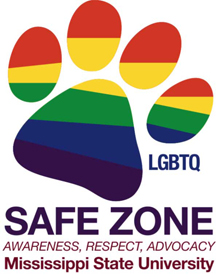
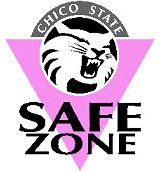
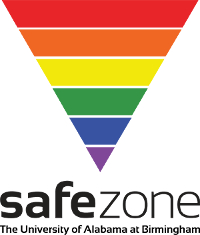
Safe Zone
Project
Gay Alliance: Safe Zone Programs
HRC: Establishing an Allies/Safe Zone Program
DotGay Dictionary: Safe Spaces and Chosen Family
Campus Pride: Safe Zone Training Resources
Wikipedia: Safe Space
Colleges with Safe Zone Programs
Safe Zone Decals
Safe Zone Symbols
While many safe zone programs on various college
campuses have individually unique logos to represent
their particular program, there are some common themes
and motifs.
It is
popular among safe zone programs for colleges and
universities to incorporate their school's insignia,
colors, or mascot into their safe zone sticker design.
Rainbow
colors, inverted triangles, and other common LGBTQ
symbols are often used in the design of safe zone
stickers, placards, and signage.
The
circle design has come to represent the universal safe
zone symbol. The green circle (sometimes a symbol for
LGBTQ allies) represents safety or protection. The
inverted pink triangle inside the circle represents the
LGBTQ community. Together they depict protection for
LGBTQ people.
Sometimes
the "ally" symbol is used in safe zone stickers designs.
Sometimes traffic signs (especially stop signs) are a
part of many safe zone symbols.
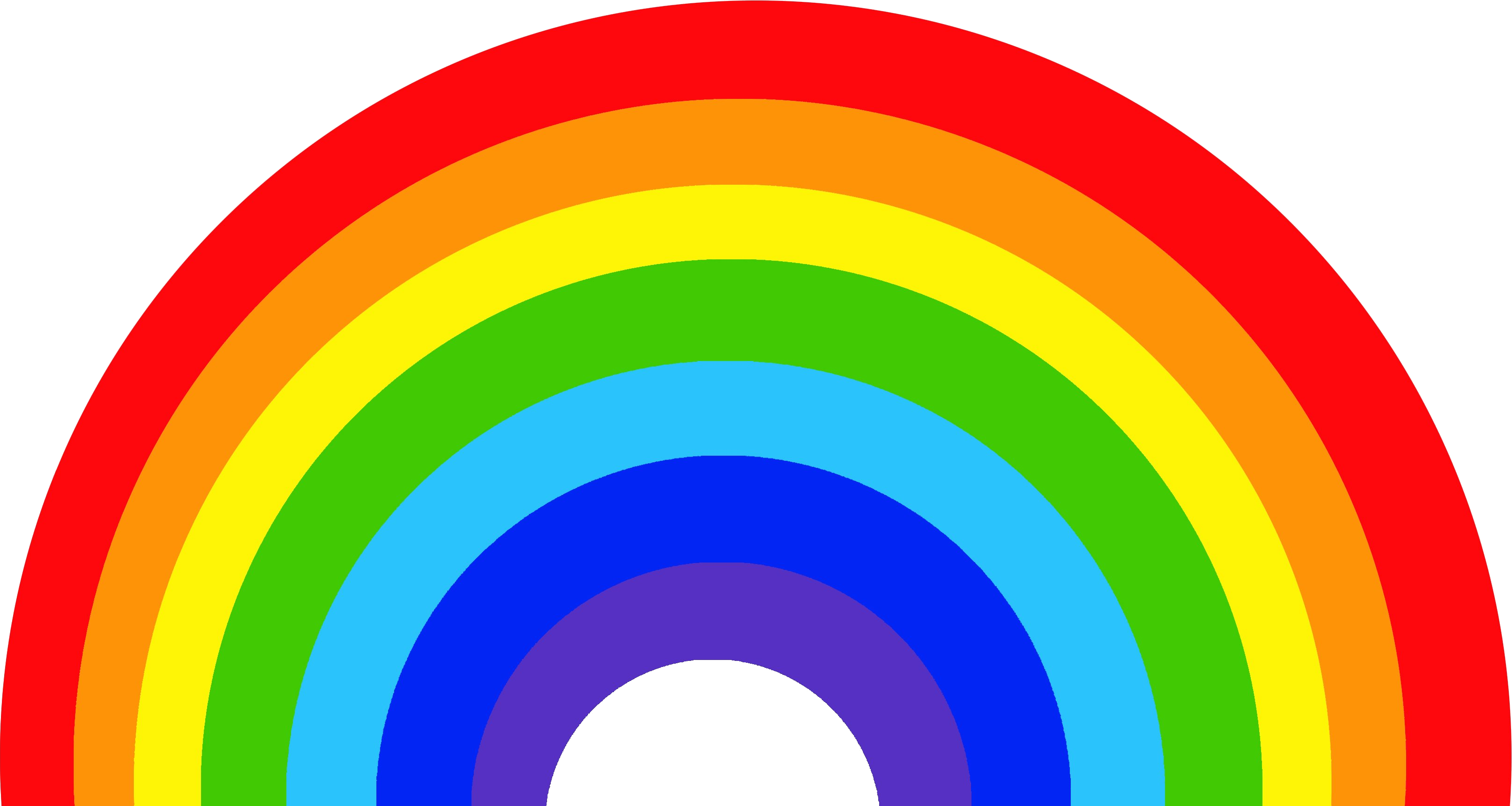
Safe Zone
Materials
Safe Zone|Decals 1
Safe Zone|Decals 2
Safe Zone|Placards
Safe Zone|Certificates
Safe Zone|Promo Flyers 1
Safe Zone|Promo Flyers 2
Safe Zone|Message
Flyers 1
Safe Zone|Message
Flyers 2
Safe Zone|Scenarios
Safe Zone|LGBTQ Trivia Quiz
Safe Zone|Name Tags
Safe Zone|Self Reflection
Safe Zone|Privilege Checklist
Safe Zone|Heterosexual
Privilege Reflection
Safe Zone|You Can Be
Yourself With Me
Slideshow
Presentations
Safe Zone
Slideshow
LGBTQ
Terminology Slideshow
Pride
Symbols Slideshow
Sex and Gender
Slideshow
Transgender Information Slideshow
LGBTQ Job Market|Workplace
Slideshow
LGBTQ Image
Montage Slideshow
Information
Handouts
LGBTQ Terminology
Frequently Asked Questions
Sex and Gender
Sexual
Orientation
Transgender
Gender Expression
Coming Out
Respectful Language
Safe Zone Program
Info
Graphics
Sex and Gender
Sexual Orientation
Gender Identity
Gender Expression
Biological Sex
LGBTQ Pride Symbols
HOME
QUEER CAFE
│ LGBTQ Information Network │ Established 2017 |